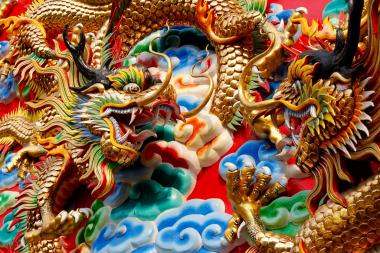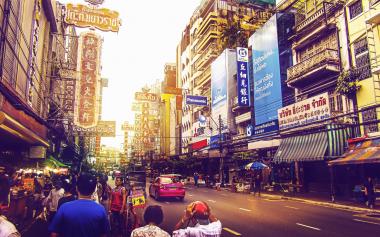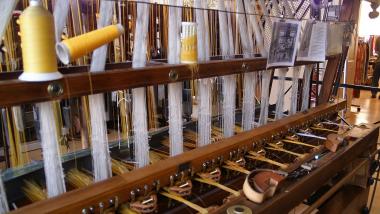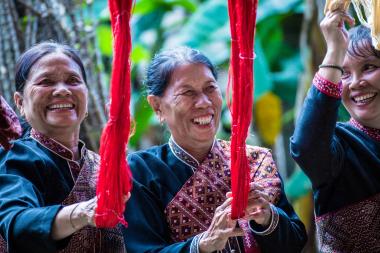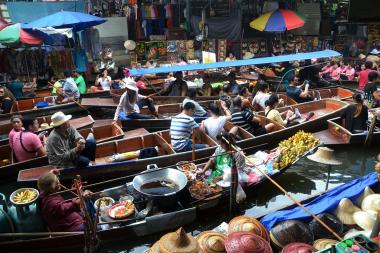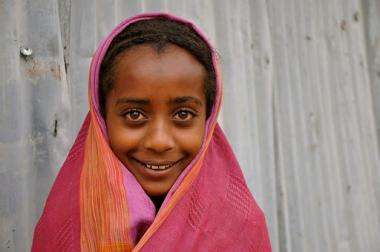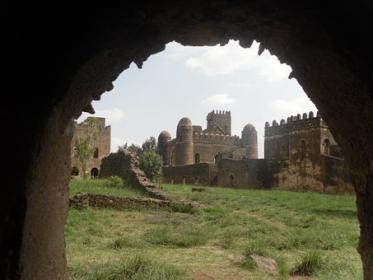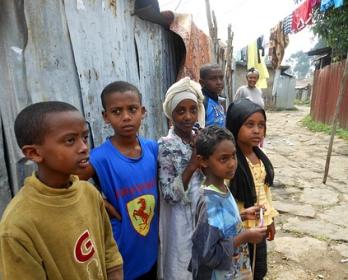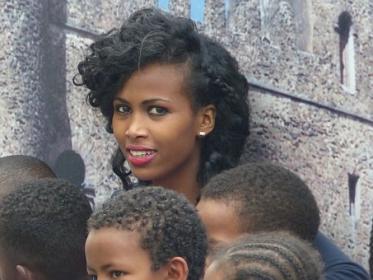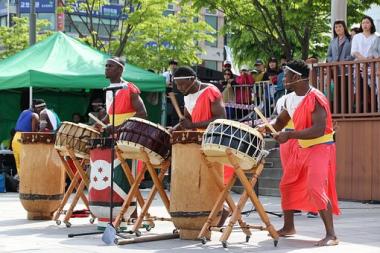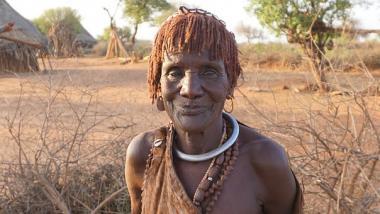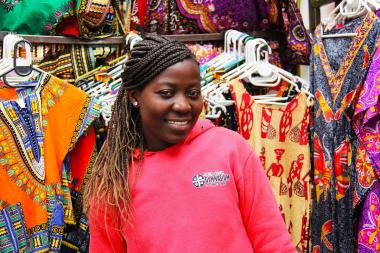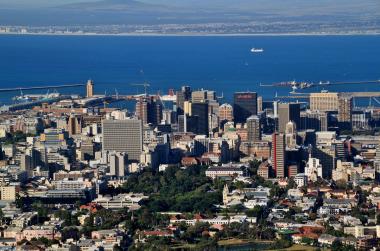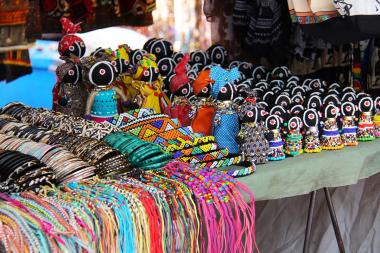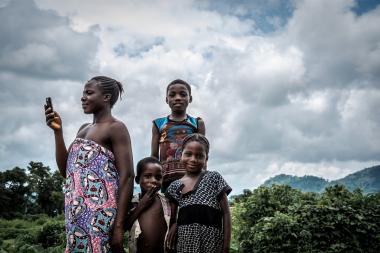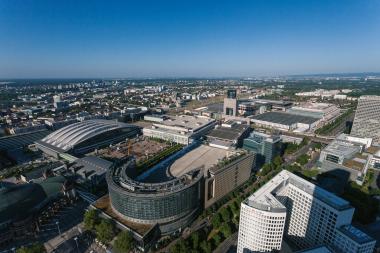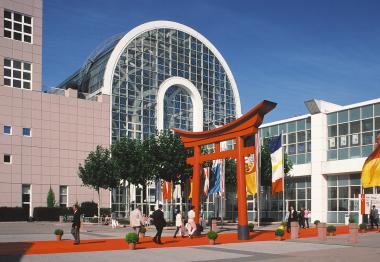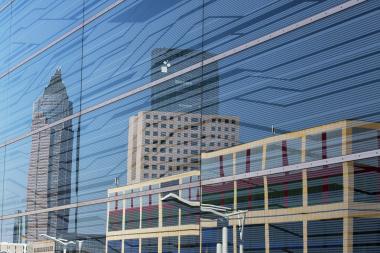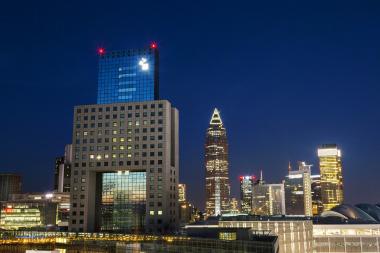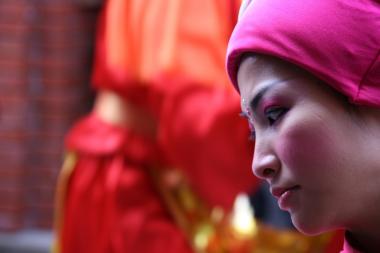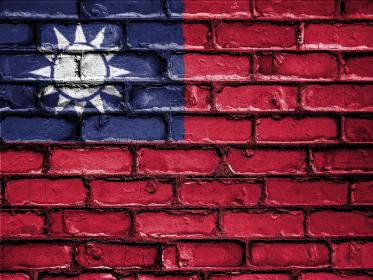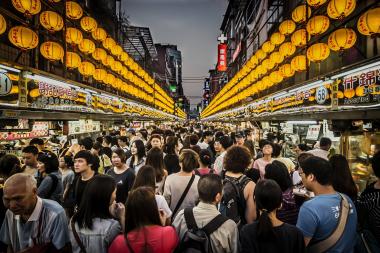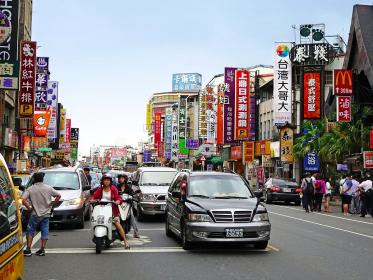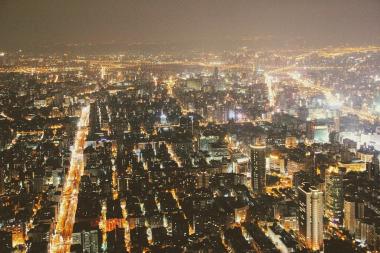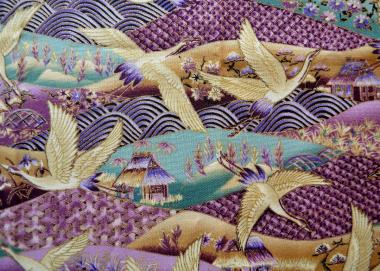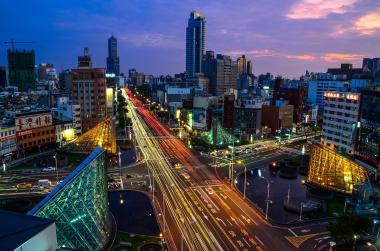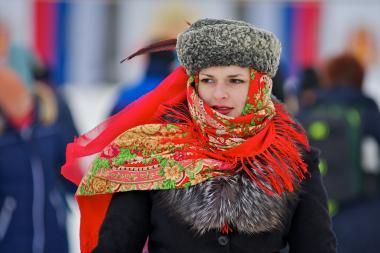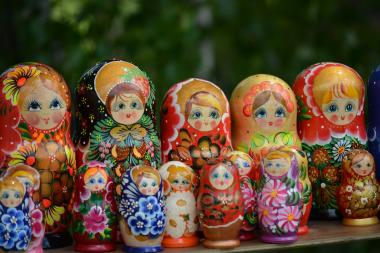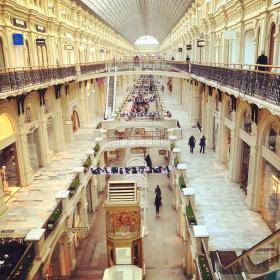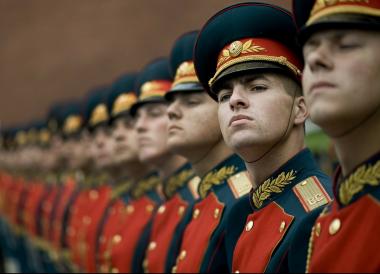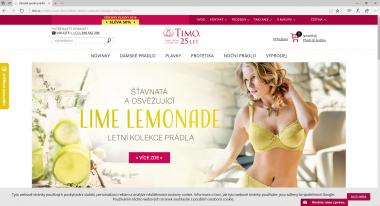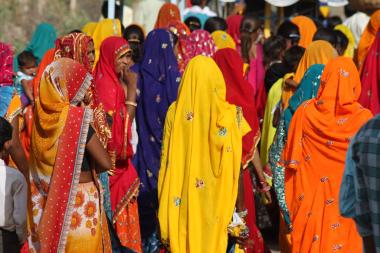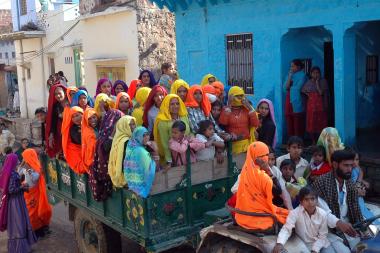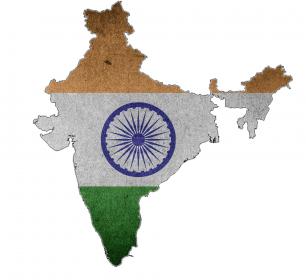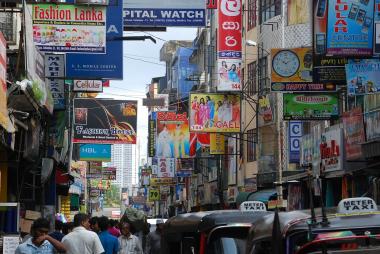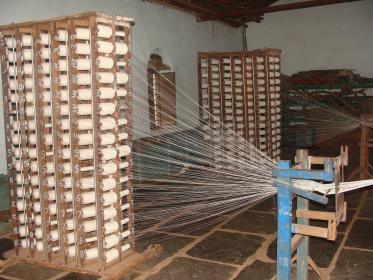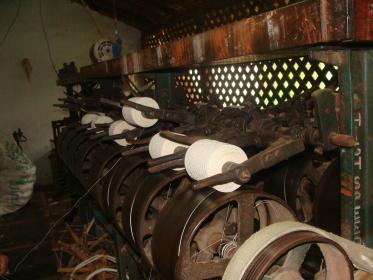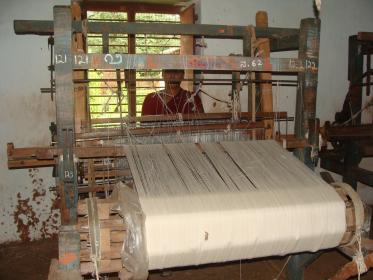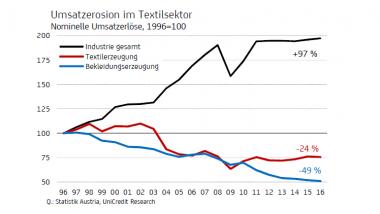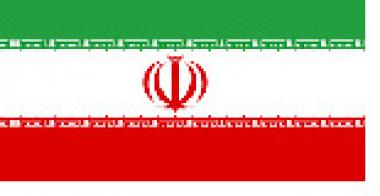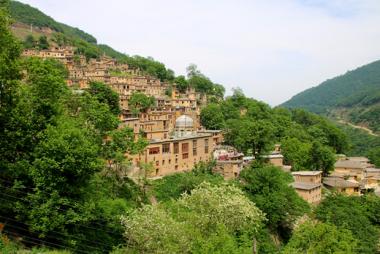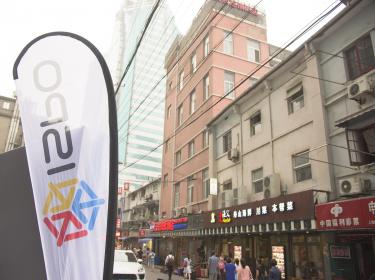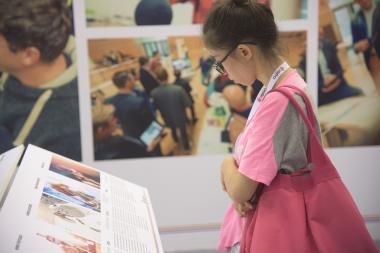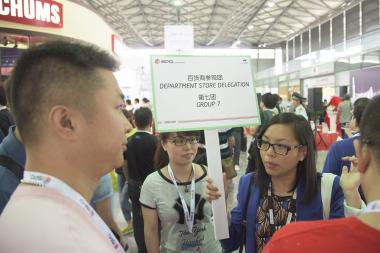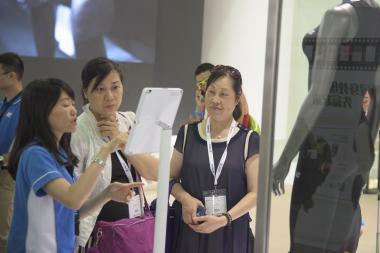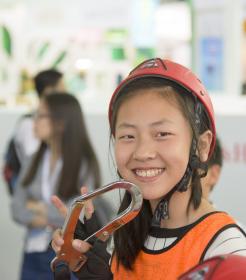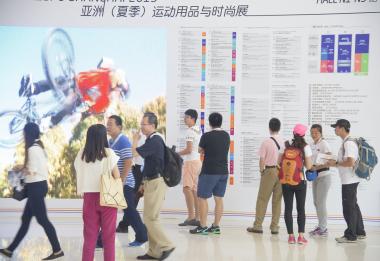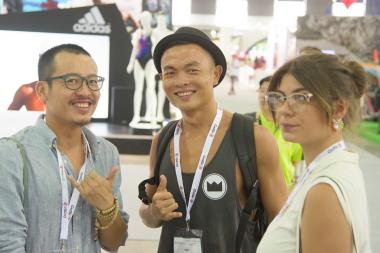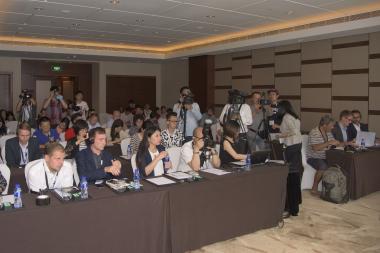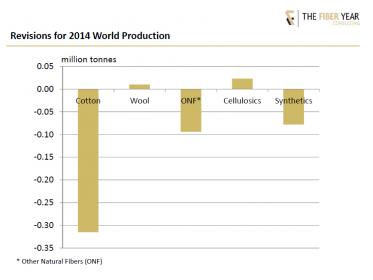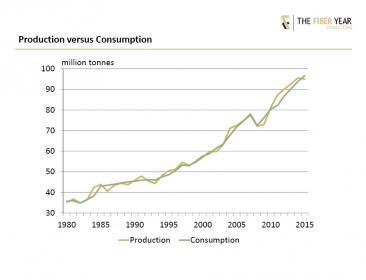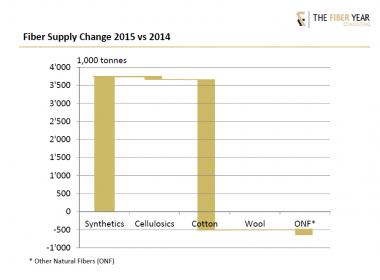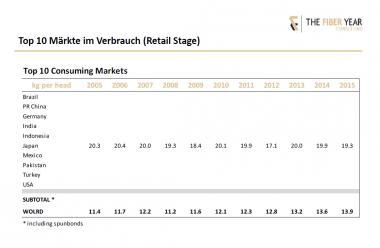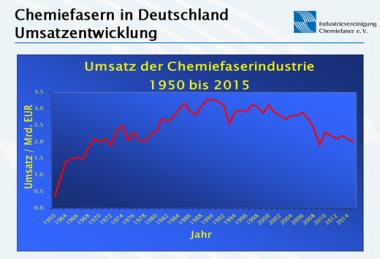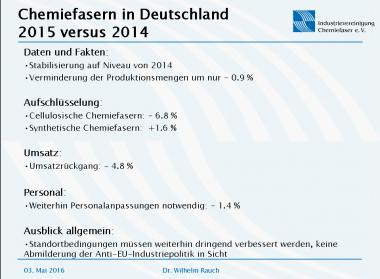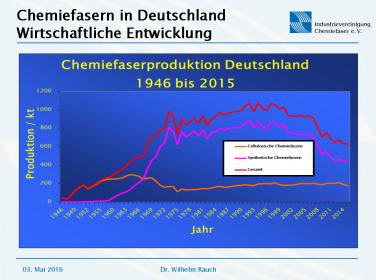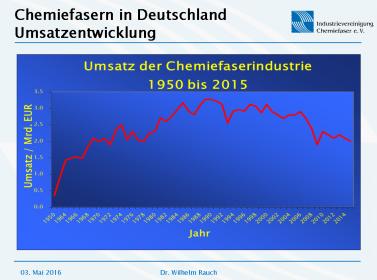THAILAND'S TEXTILE INDUSTRY ON NEW PATHS
- Good chances for synthetic fibers and functional textiles
Bangkok (GTAI) - Thailand's textile industry is in transition and is increasingly positioning itself in new markets with higher added value. Synthetic fibers became an important foothold on the basis of innovative raw materials, while functional textiles are grateful to customers in a dozen sectors. In addition, there is the traditional silk craft, which can be marketed by international design and attractive fashion shows - and this at top prices.
The Thai textile industry is changing. As a part of the long-term national development strategy “Thailand 4.0” , new technologies are designed to help innovative products breakthrough in key emerging markets, backed by concerted efforts in design, fashion and marketing. The industrial foundation ensures the availability of a complete value chain from fiber production, yarn spinning, fabric weaving and processing to the production of clothing.
The long-term strategy has been outlined by the Thailand Textile Institute (THTI) in its "Thailand Textile and Fashion Industries Development Strategy 2015-2030". Three phases are planned from the regional center for textile and fashion retail, to the development of creative products for international brands, and finally the breakthrough as the global market leader in fashion design, including Thai components. The concrete catalog of measures includes an industrial fashion zone, a pilot fiber plant, a development center for yarn, fabrics and fashion products as well as a regional fashion academy.
Broad spectrum for innovations
A diversified petrochemical industry with high-quality downstream products provides a rich foundation for a wide variety of synthetic fibers. The main products are polyester, nylon, rayon and acrylic polymers. The range of applications is quite broad, including apparel, medical technique, hygiene and automotive manufacturing. For polyester, Thailand ranks ninth in the world with an annual production of 621,000 tons, the larger producers include Indorama Polyester, Teijin Polyester or Thai Toray.
Increased research and development efforts with both artificial and natural textile fibers are paving the way for functional textiles. There are a dozen applications in this broad future market: Agrotex, Mobiltex, Medtex, Hometex, Oekotex, Packtex, Buildtex, Clothtex, Indutex, Geotex, Protex and Sportex. The leaders in this branch are companies such as Asahi Kasei, Perma, Saha Seiren, PJ Garment or TP Corporation. Thailand also wants to play an active role in shaping the future market of "smart fabrics" - such as fabrics with UV protection or antibacterial and fire-resistant properties.
Renaissance of the silk
On elegant paths also the traditional over generations grown art of silk crafts is moving. Thanks to the rich raw material base, the kingdom is considered to be the world's fourth largest silk producer. In the preference of visitors from abroad, silk products are at the eighth place in the souvenir statistics 2015 with USD 149 mio.
The origins of silk were characterized by the craftsmanship weaving with regional origin characteristics such as at the Lumphun Broocade Thai Silk, the Phu Thai Praewa Silk or the Surin Hole Silk. The change to innovative products took place with the growing demands of customers. New technologies produced goods of higher value, which were also became promoted with new stronger marketing ideas.
Jim Thompson and Passaya are considered two major pioneers of world-class luxury silk brands. Jim Thompson generates USD 72 mio thanks to modern design and premium products. Passaya won international awards for outstanding innovations in design as well as in the production process. Public support has been provided by promotional events such as "Proud Pastra", which recently completed USD 1.5 mio in trade surplus. The Ministry of Commerce also intends to establish a silk center in the northeastern Korat under the state-sponsored so-called OTOP scheme (One Tambon One Product).
The entire industry has currently 4,700 textile and garment manufacturers with over 500,000 workers, including 730 textile companies for technical textiles. The export value amounted to USD 6.45 billion in 2016, which represented about 3 percent of total exports. The national retail sector recorded steady growth rates averaging 3.5 percent per year over the period 2011-2016.
In addition to production, Thailand also tries to profile itself as a fashion hub for regional and international fashion shows. The most important events are the "Bangkok International Couture Fashion Week", "Elle Bangkok Fashion Week" and the "Bangkok International Fashion Fair". The first national designer brands have already made their debuts on the catwalk, such as Sretsis, Naraya, Dry Clean Only or Disaya. Sretsis, founded by three sisters, became successfully supported by some big names such as Beyoncé, Paris Hilton, January Jones and Zooey Deschanel.


